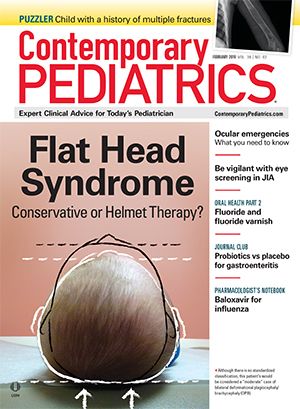Poverty raises risk of bacterial infection in febrile infants
Febrile infants from disadvantaged neighborhoods with high rates of childhood poverty are much more likely than their peers from more affluent neighborhoods to have a bacterial source for their fever, according to a retrospective study of infants aged 90 days or younger with a temperature of 100°F or greater who visited an emergency department (ED) of an urban children’s hospital.
Michael G Burke, MD

Febrile infants from disadvantaged neighborhoods with high rates of childhood poverty are much more likely than their peers from more affluent neighborhoods to have a bacterial source for their fever, according to a retrospective study of infants aged 90 days or younger with a temperature of 100°F or greater who visited an emergency department (ED) of an urban children’s hospital.
Investigators identified the sociodemographic characteristics of participants and their families, including median household income, the existence of poverty and deprivation, crowded housing, and “social capital” (level of residents’ belief that neighbors are willing to help others and can be trusted along with a feeling of “belonging”). Of a total of 232 infants, who had a median age of 54 days, 31 (13.4%) had a bacterial infection and 117 (50.4%) were categorized as at high risk. Escherichia coli and group B Streptococcus accounted for most bacterial infections (55%).
Analysis showed that the risk of bacterial infection was greater than 3 times higher in children from neighborhoods with high rates of childhood poverty than it was in those from neighborhoods with low levels. In addition, infants from areas with higher measures of social capital tended to have a lower risk of bacterial infection, suggesting that living in such neighborhoods may be protective (Yaeger JP, et al. J Pediatr. 2018;203;336-344).
Thoughts from Dr Burke
The researchers speculate the neighborhood-specific risks of bacterial disease might be due to differences in household crowding, smoke exposure, food insecurity/nutrition, and availability of diapers for frequent changes. If the findings of this small study can be replicated on a larger scale, we may see inclusion of measures of poverty and lack of connectedness included in the next generation of guidelines for evaluation of febrile infants.

Anger hurts your team’s performance and health, and yours too
October 25th 2024Anger in health care affects both patients and professionals with rising violence and negative health outcomes, but understanding its triggers and applying de-escalation techniques can help manage this pervasive issue.